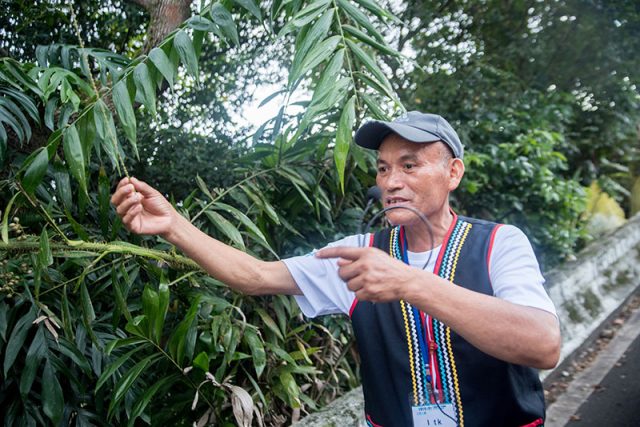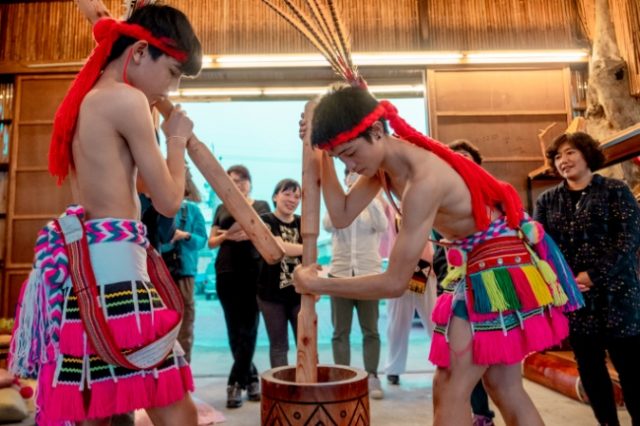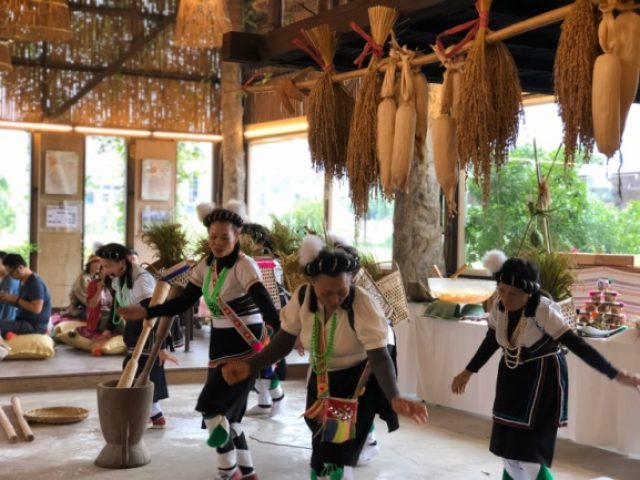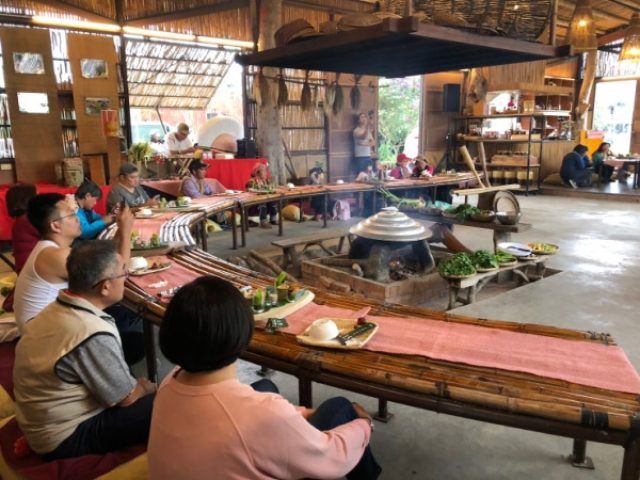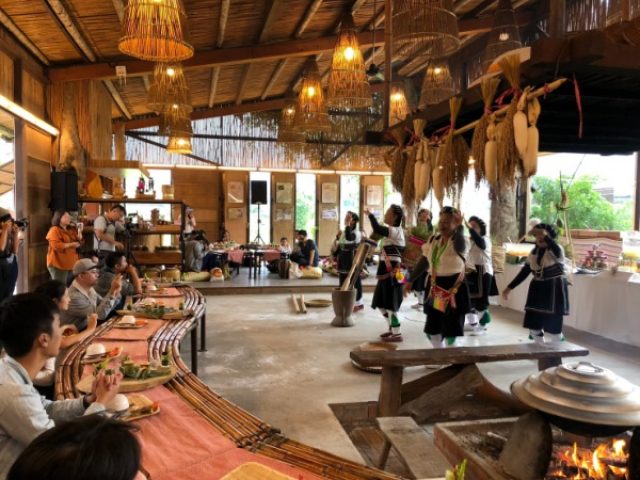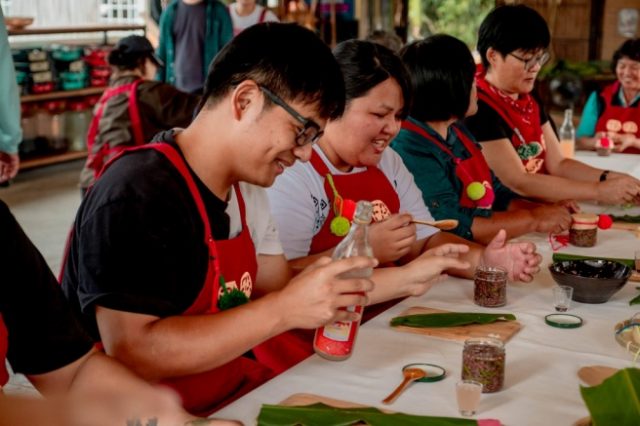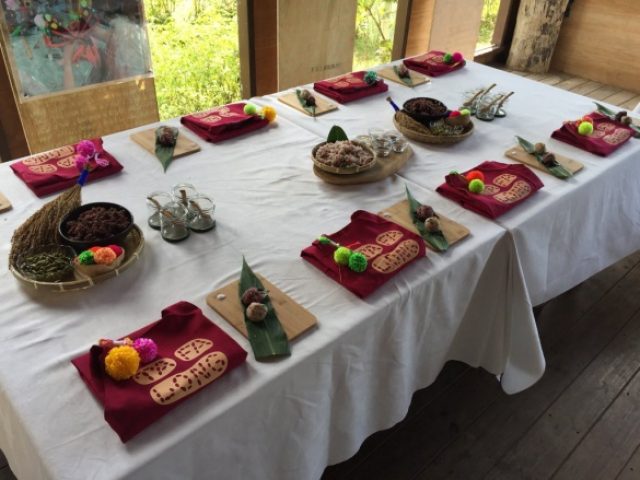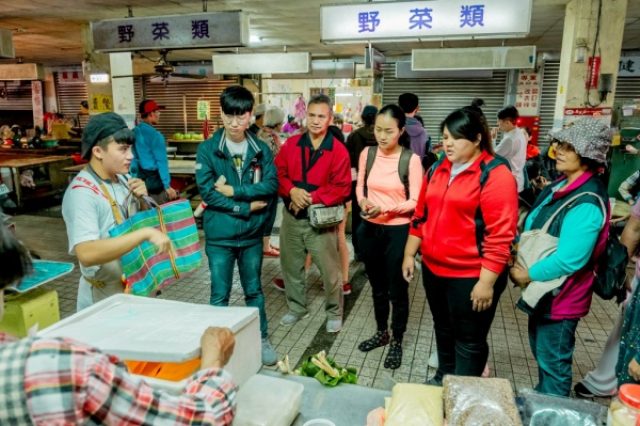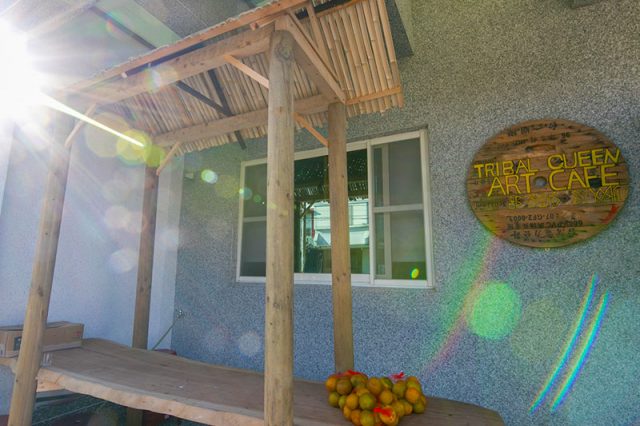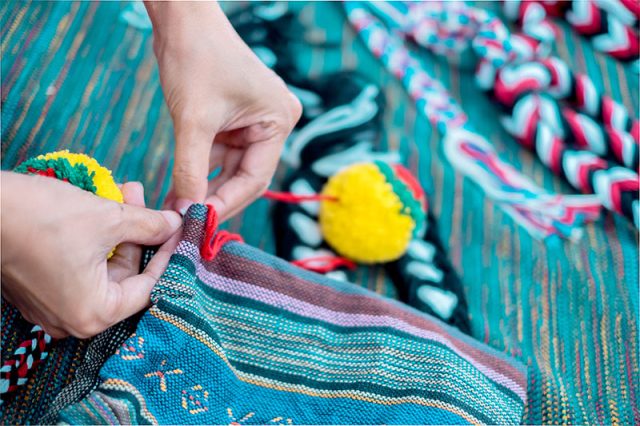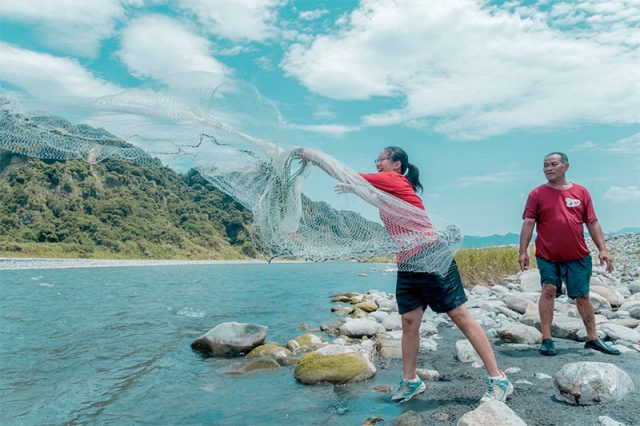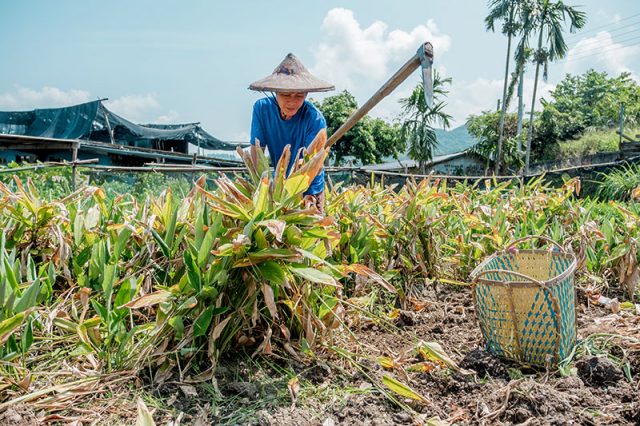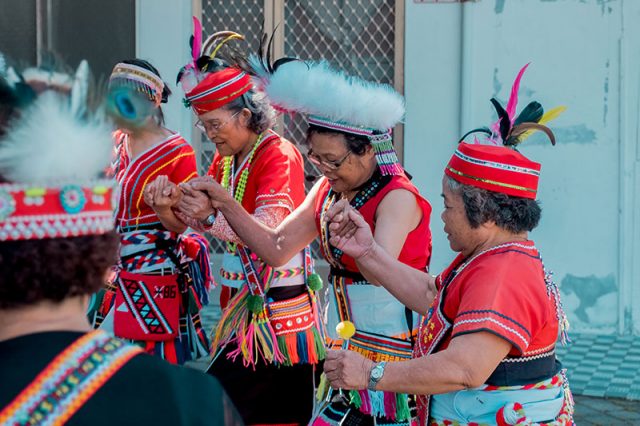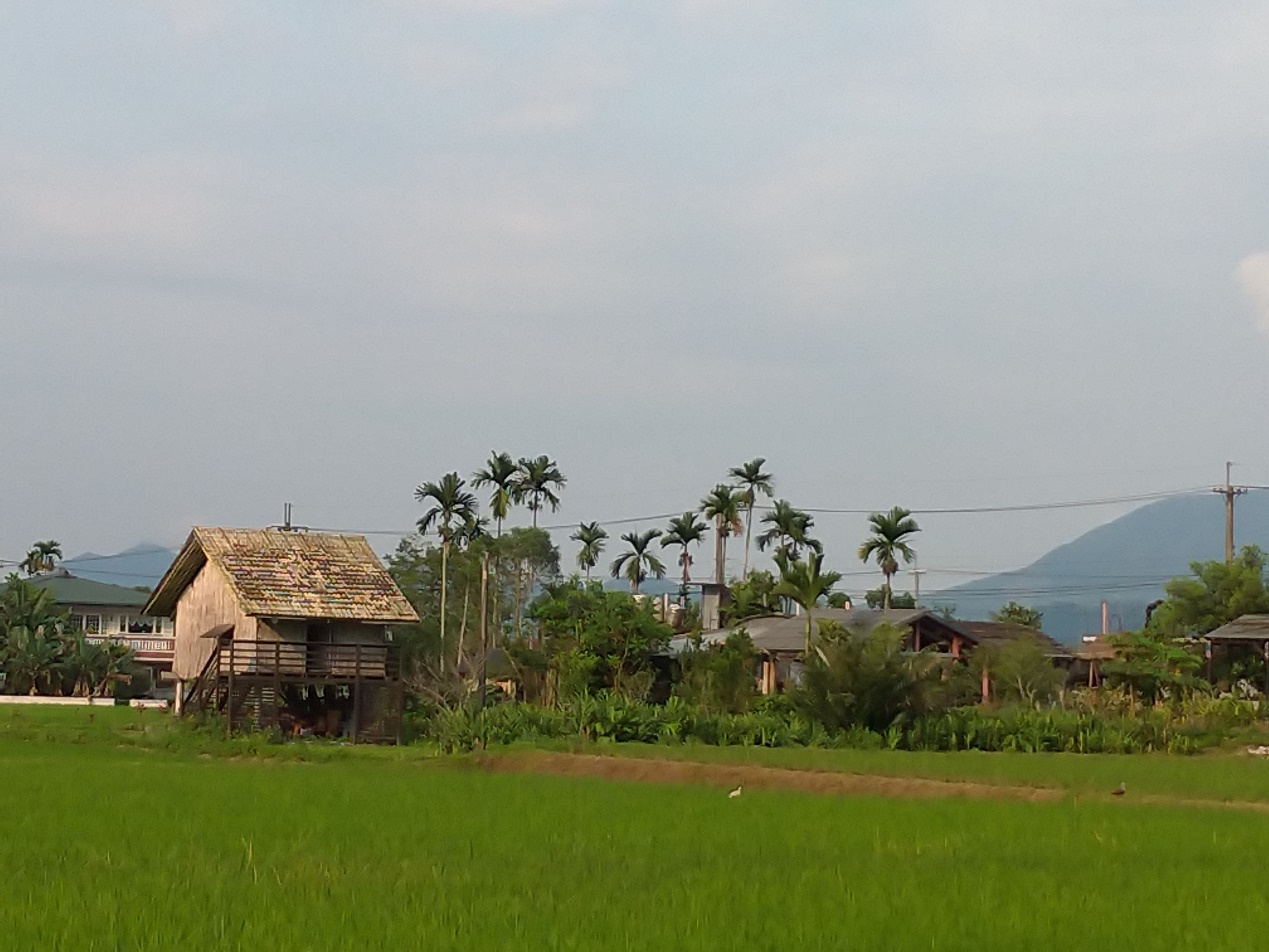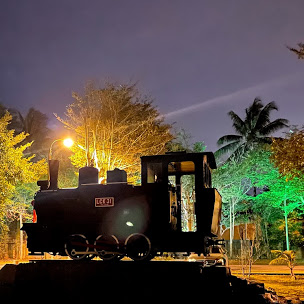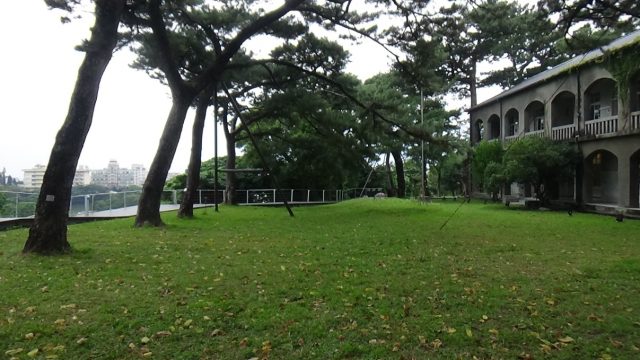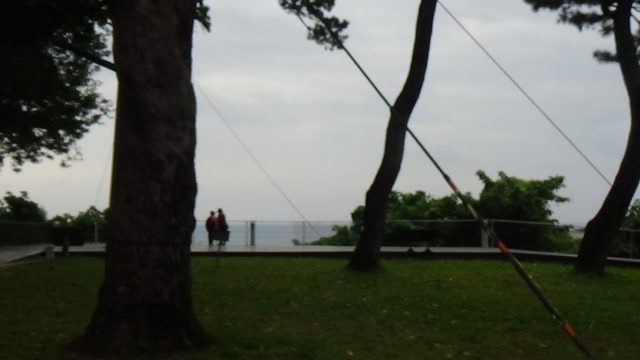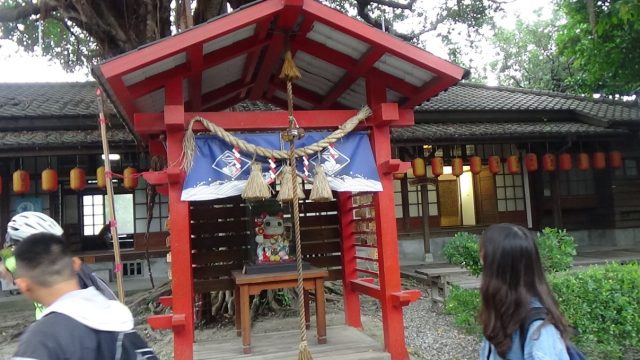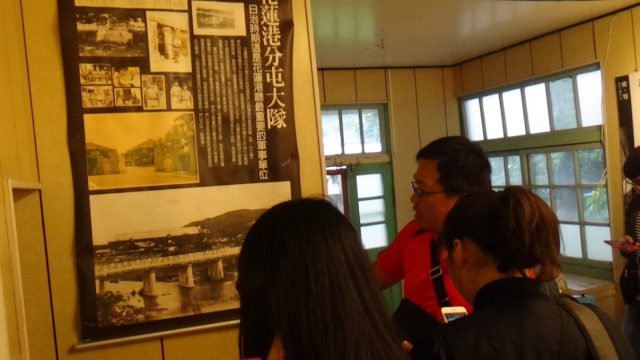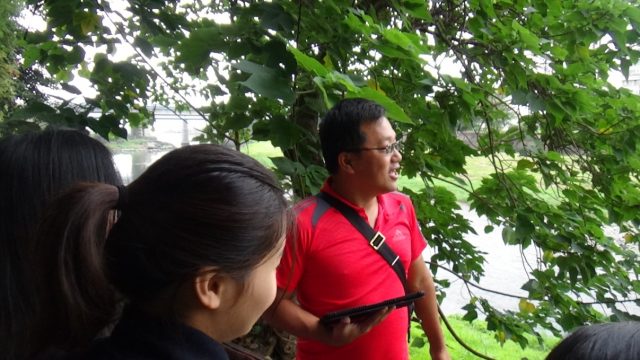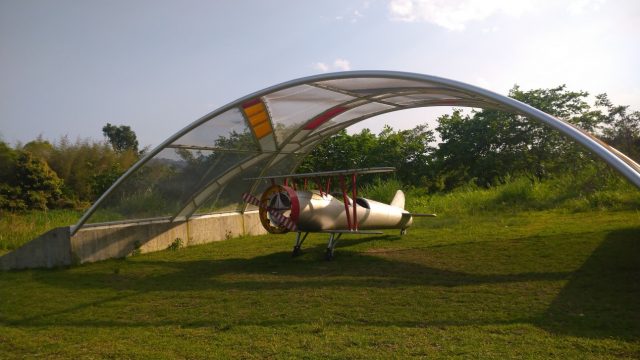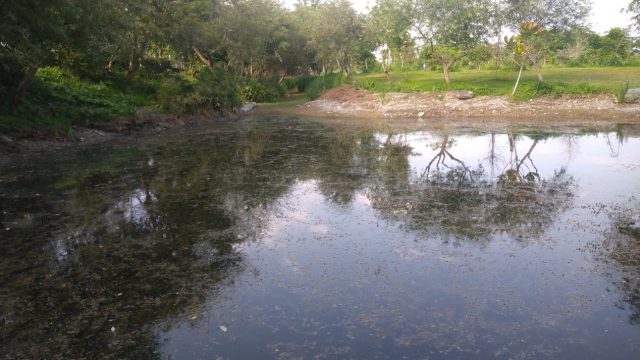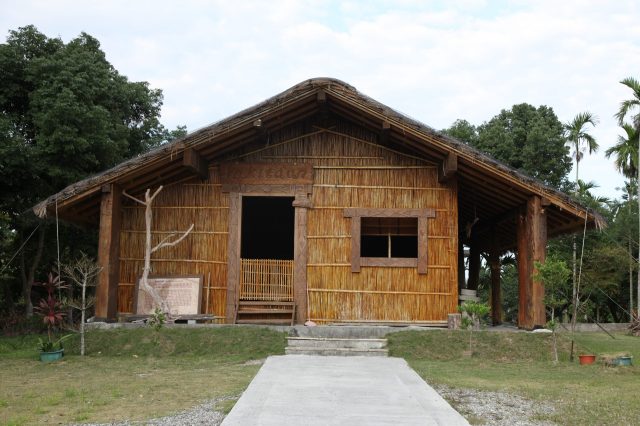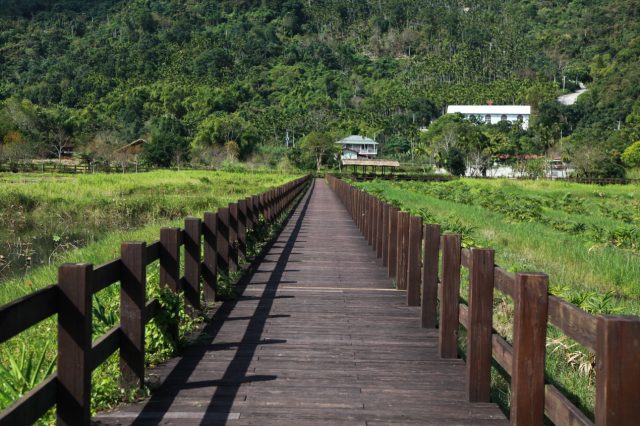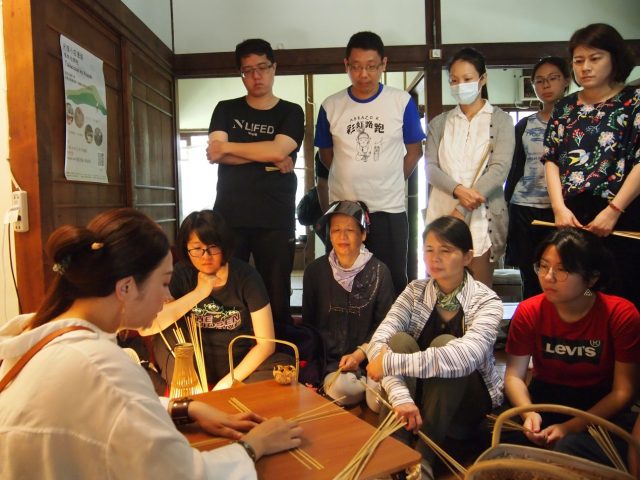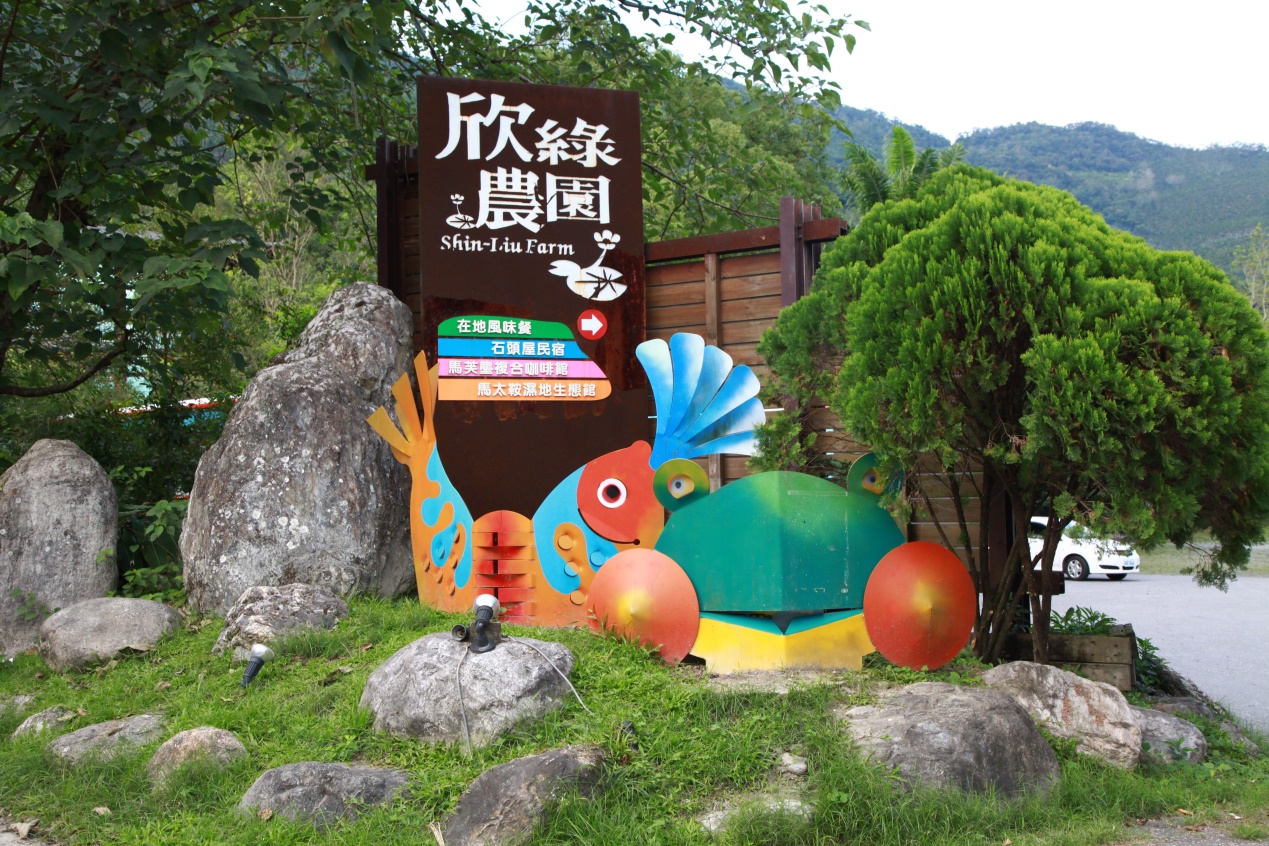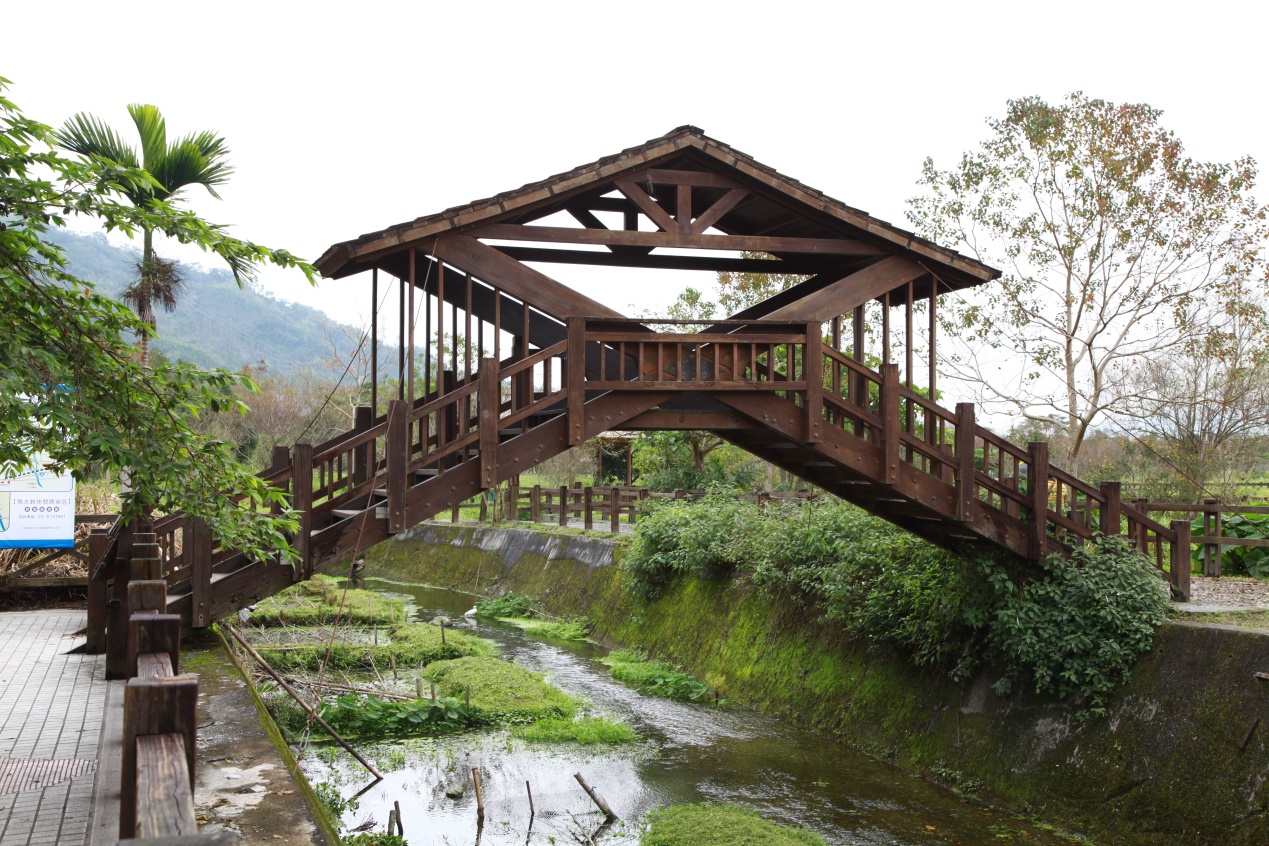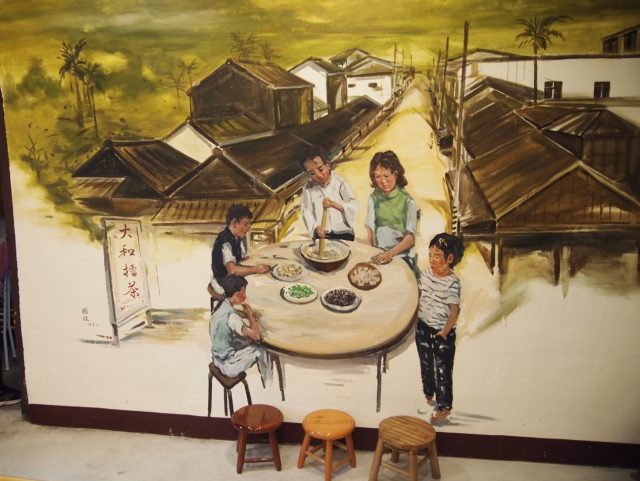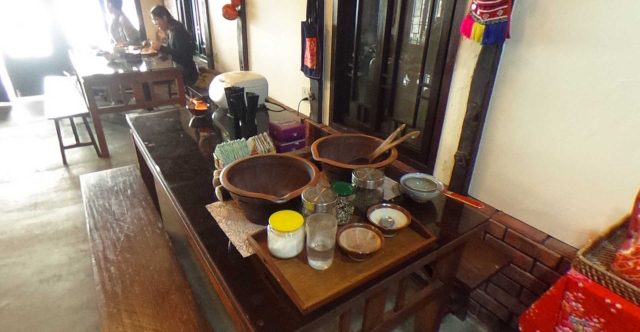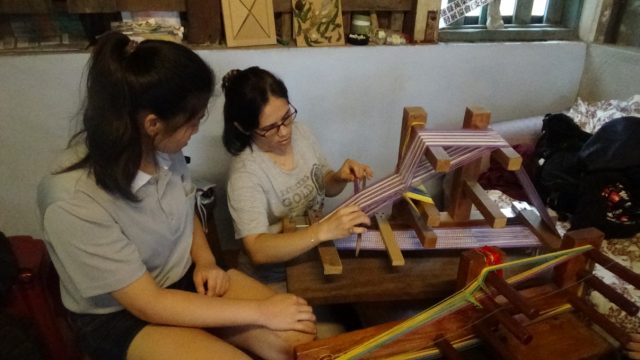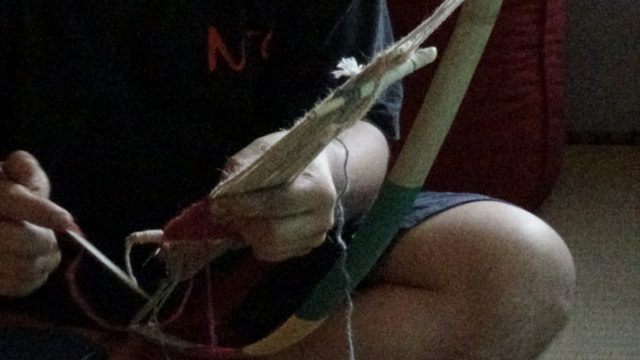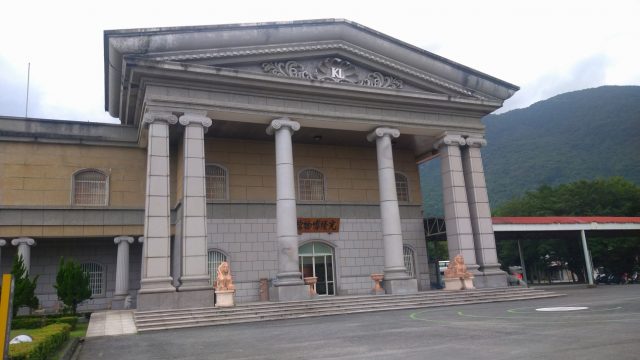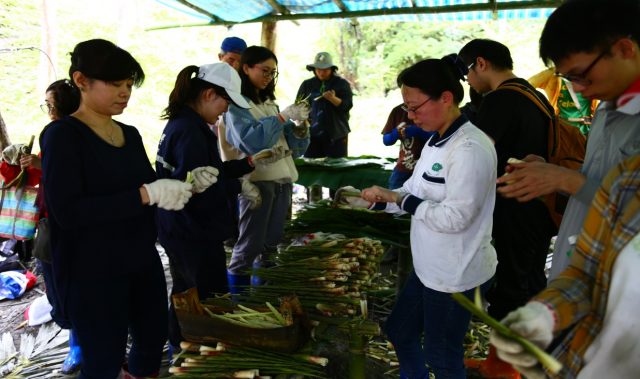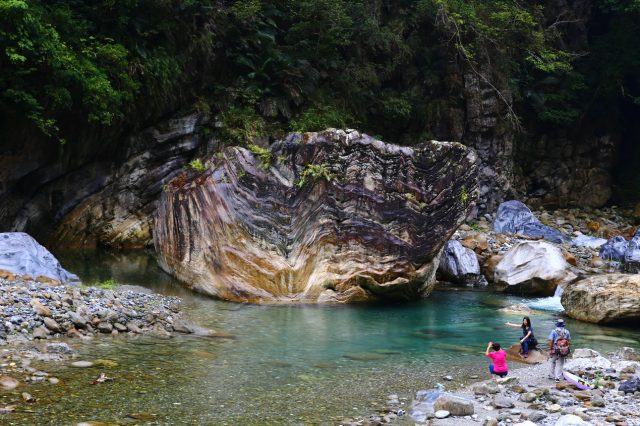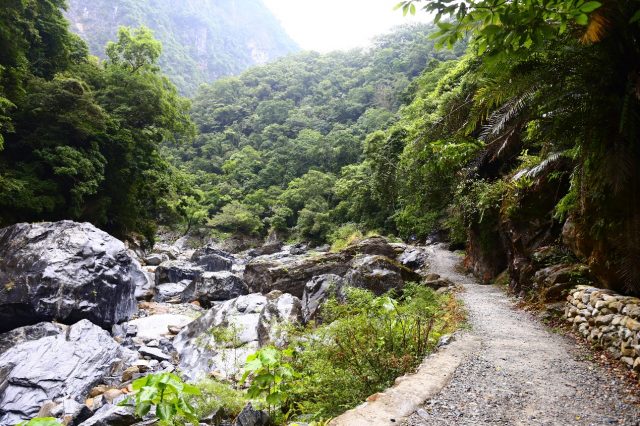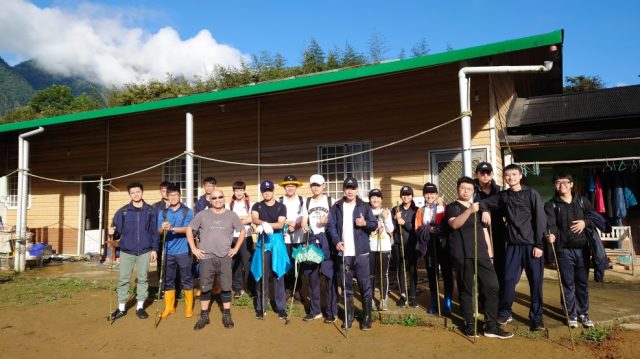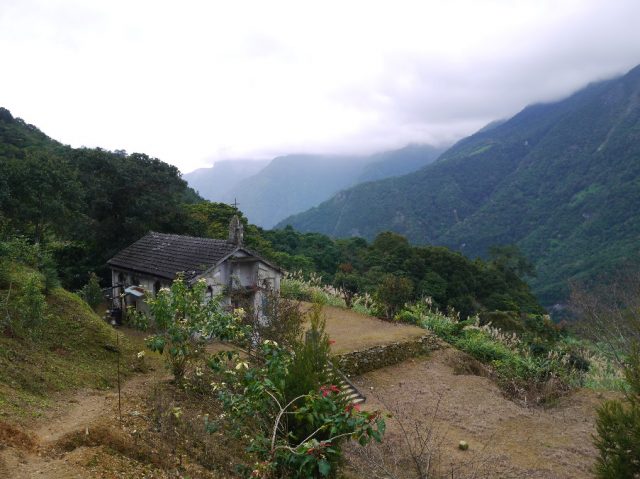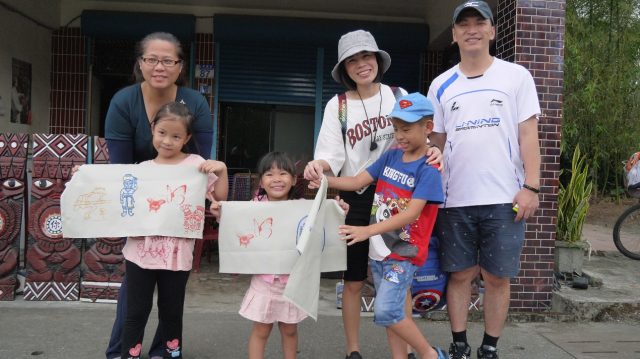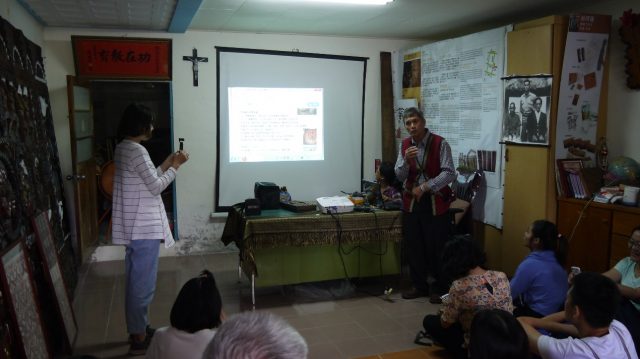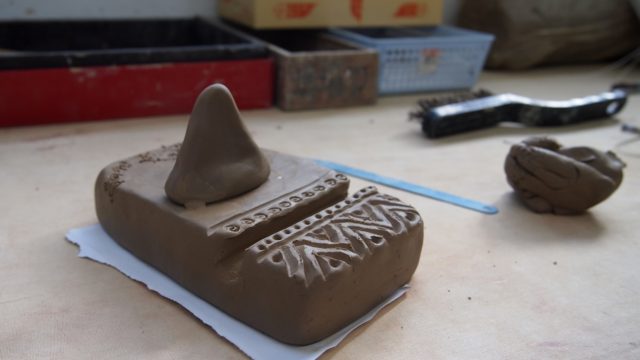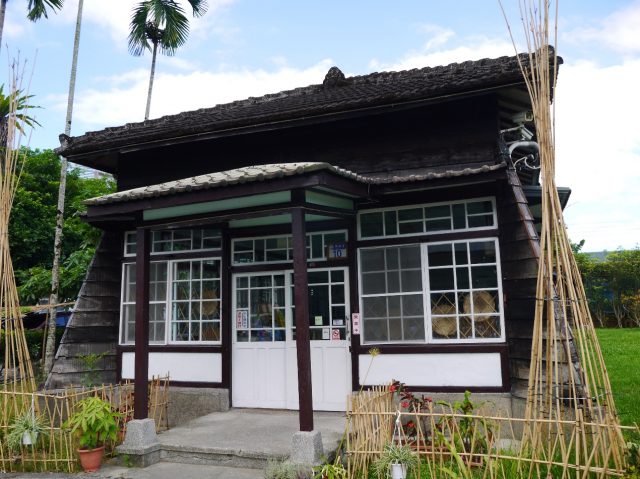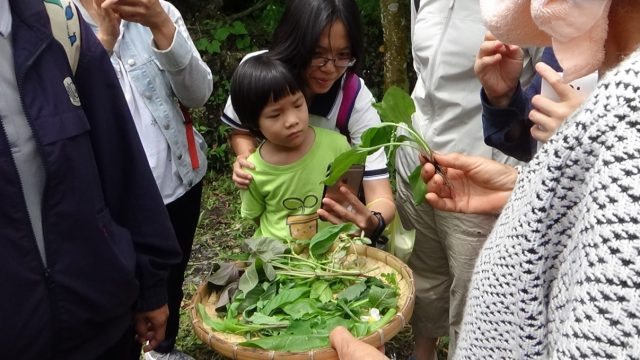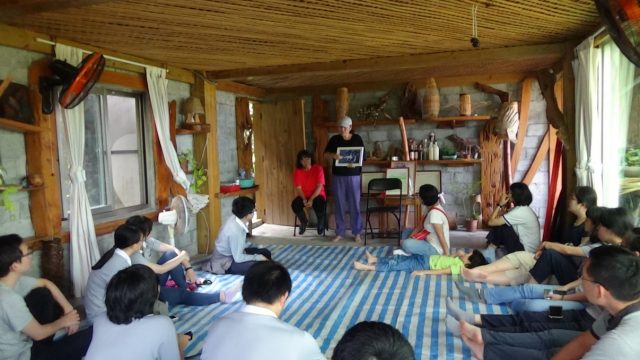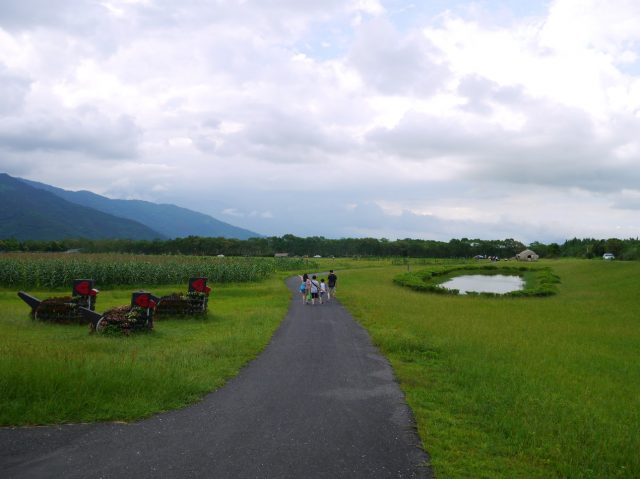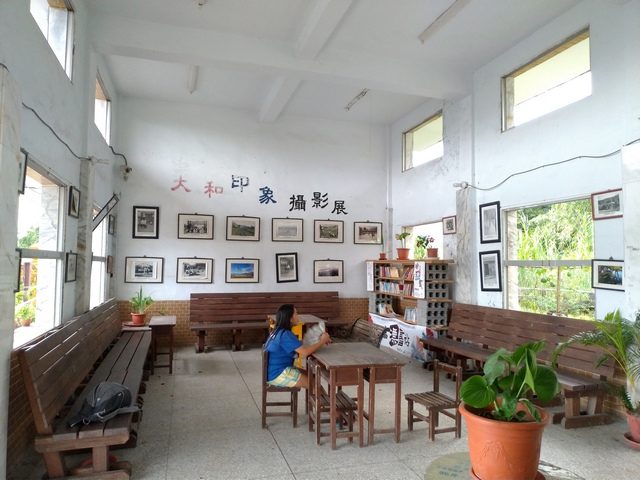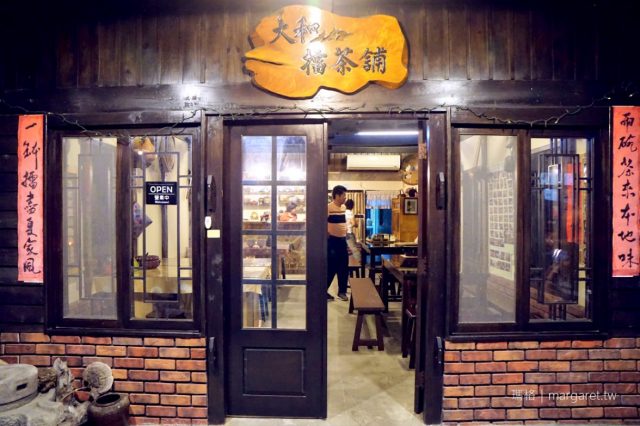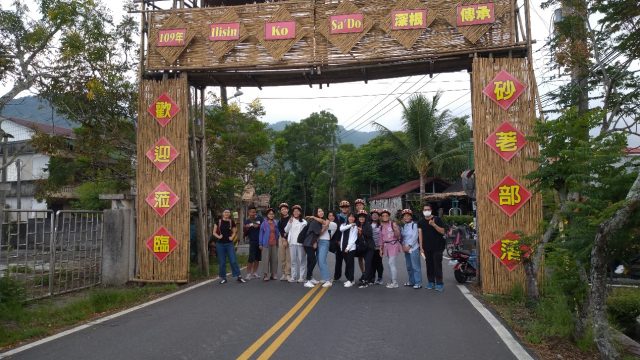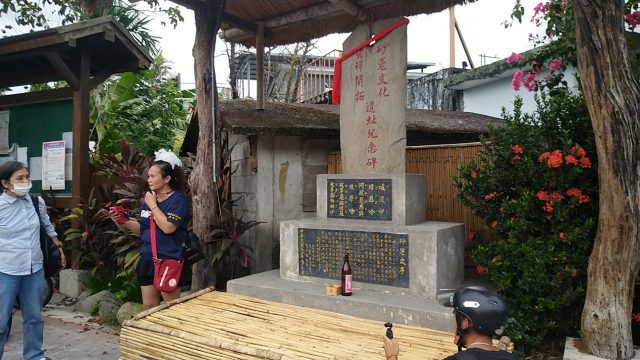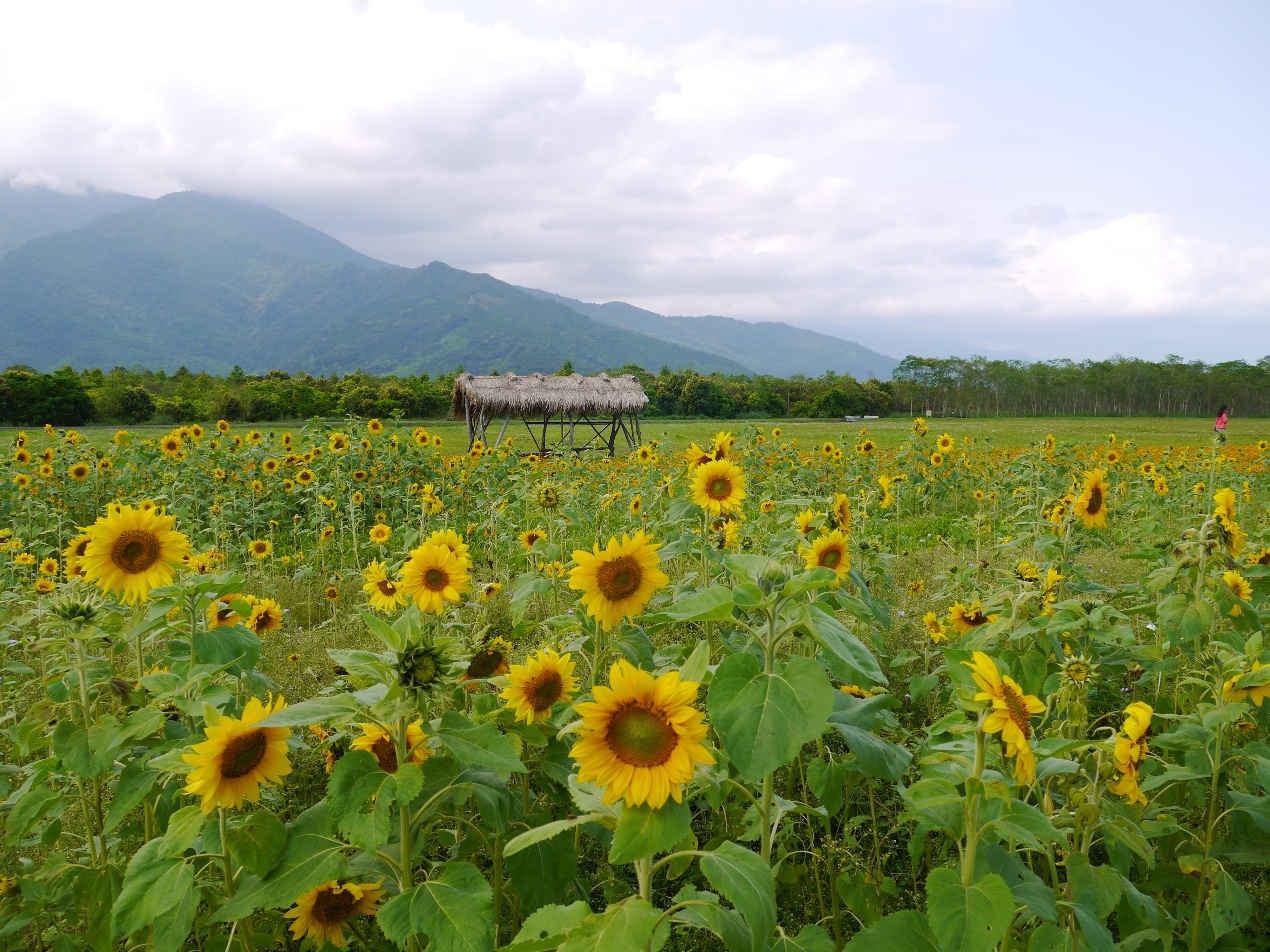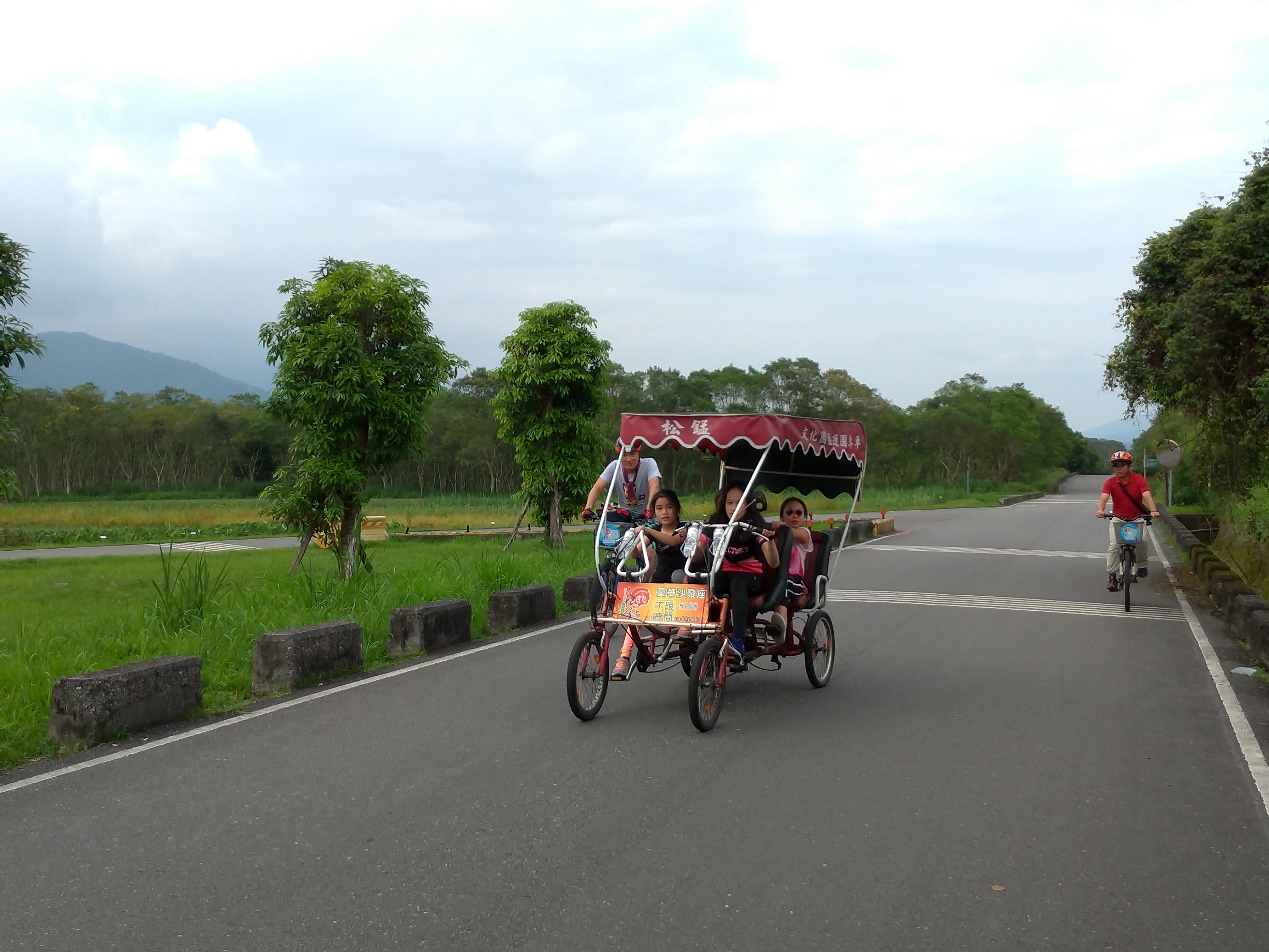SF03
Fengtien Immigrant Village + Table Mat Weaving
Shoufeng Township:
A land area about 218km2, accommodates a population of above 17,000. There’re 15 villages in Shoufeng, and the population density is about 82 persons/km2. The characteristics of this township are Amis & Sakizaya culture, sugar canes, mulberries, bananas, watermelons, pomelos, nephrites, black jade, golden clam, and organic & friendly farms.
Tour Highlights
- Fengtien, a demonstration base for Japanese immigrant villages previously , then became famous for Fengtien Jade
- Weaving Experience, the traditional skills and life wisdom of the elders in the community

Fengtien Immigrant Village is the 2nd immigrant village Japan set up in Taiwan. It was formerly named Liyuwei(The Koi’s Tail), and the story begins from Fengtien Museum of Culture and Fengtien Police Office.
The population of Japanese surged during the 20th century, causing the farmland became smaller and smaller. This led to a harder life for the Japanese, and this triggered the government to seek for a solution. This was how they’ve started the overseas immigrant policy. Later, in 1910, the Reproductive Bureau of the Governor General established the Immigration Affairs Committee, which in charge of resolution of immigration plan policies.
The name “Fengtien (Toyota)” came out on 1911 February, when the Immigration Affairs Committee convened the immigration villages to name the place. They believed that the land in south of Liyuwei/The Koi’s Tail (Shoufeng currently) is plenteous (Feng-rao in Chinese), and was occupied with a lot of paddy field (Shui-tien), so they named it as “Feng-tien”. Later, the tribes were named according to the characteristics of their geographical environment. Fengtian Village contained three tribes: Taiping (Fengping Village now), Zhongli & Senben (combined as Fengli Village today). It was newly incorporated into the mountain tribe (now Fengshan Village) in 1915. Although there is no such geographic administrative region as the Fengtien area today, it actually includes the villages of Fengli, Fengshan, and Fengping in Shoufeng Township, Hualien County today.
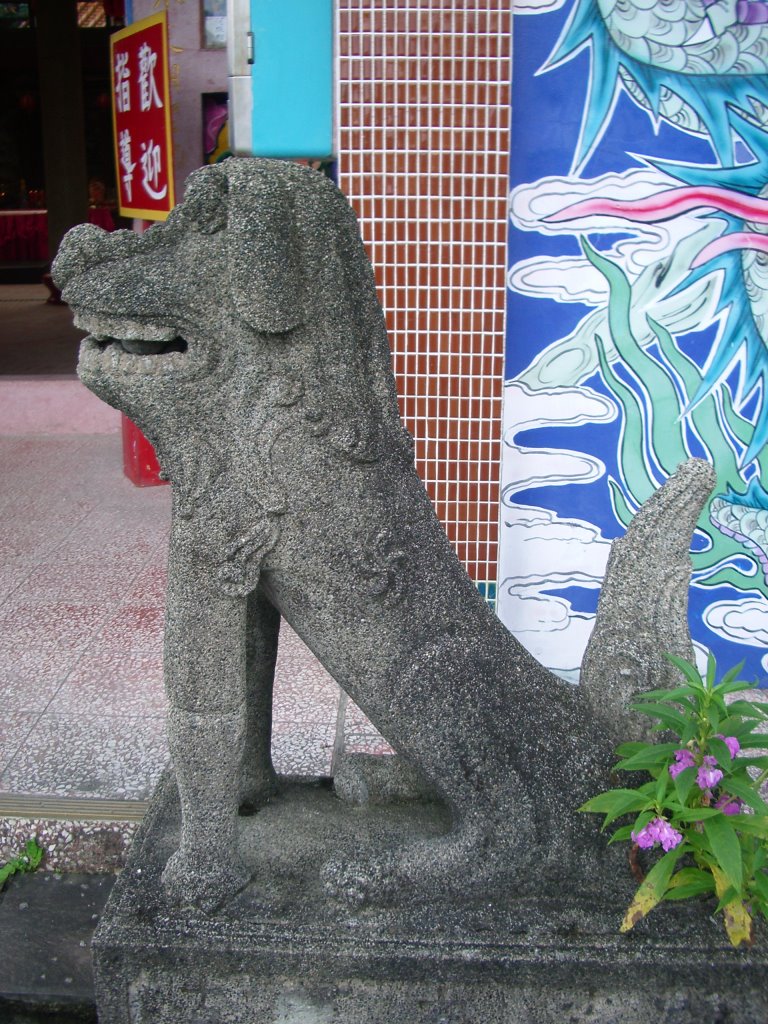
Komainu is a Japanese fantasy creature that resembles a lion and a dog. It’s generally placed on both sides of the entrance of Shrines and temples, and on the left & right sides of the main hall. The Bilian Temple in Fengtien is the common religion center of the 3 villages in Fentien. Outside of the temple, there’s stories about the Komainu, memorial monument of the opening of the village, the Japenese stone lantern, and torii gate. Besides some common gods, we can see Fudō Myōō in the temple as well. Fudō Myōō is also known as Fudo King Kong, Fudō Shisha and Mudō-son. He is a His Holiness aka Hōō(a way to address Gods in Japanese Buddhism) of Japanese Buddhist Tantra, who has a very special appearance, which is also one of the distinguish feature of Bilian Temple.

5wayhouse is a stronghold of local youth care which located in front of Fengtien Station. It is a thatched cottage with the design of winnowing machine, which has become an early representative building in here. It was nearly demolished due to idle for many years, but luckily Professor Yu-Chun Ku from NDHU and the community residents had chosen to rescue it. Nowadays, it is also a second-hand material exchange and education center for young people.
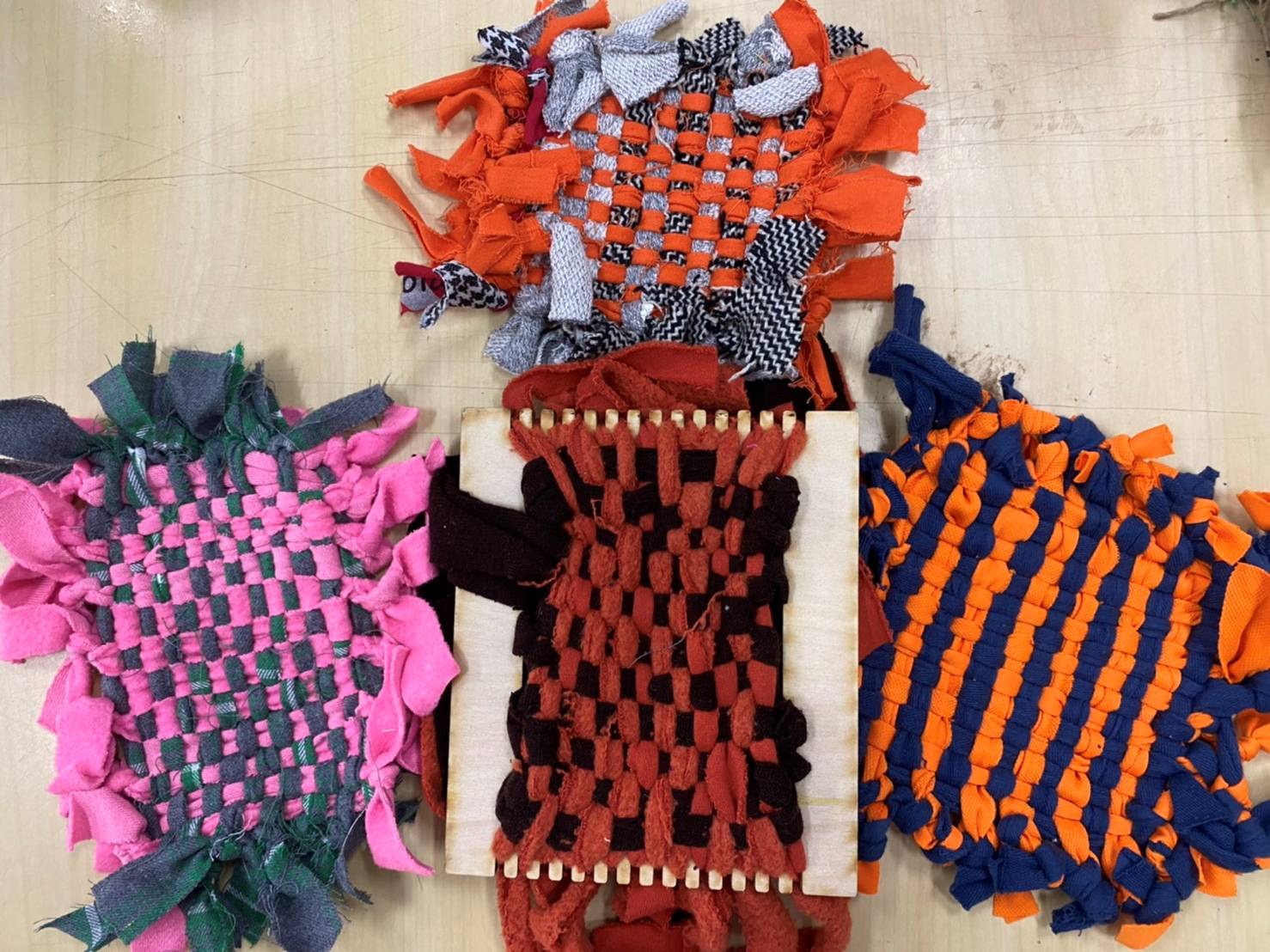
Weaving is a traditional technique of the community elders. They interlace strips of fabrics, and what they are weaving are definitely more than handicrafts, but also involved a recognition of their own cultural values. The woven materials used are second-hand clothing, which is a very practical way, and also achieves the concept of sustainable development at the same time.
l Session
We suggest a half-day trip,
GROUP SIZE:
min. 12 people, max. 25 people are permitted per booking.
※Confirmation of departure will be notified 3 days before trip (may be affected by number of participants and others)
※The organizer may cancel, postpone, alter places/activities under any consideration of weather.
l Charges
We collect “Handling Charge” according to number of participant. Other charges (eg. material, instructor, transportation, tour guide, meal & insurances) will be reimbursed with receipts & invoices.
12-18 people: NT$500/person
19-25 people: NT$400/person
CHARGES FOR A FULL ENGLISH TOUR GUIDE WILL BE DIFFERENT.
Handling charges including costs of contacting operators (such as paperwork, telecommunication) and field trips with students etc.
Any operators/alliance/personal members or tourists that willing to participate in our tours, it means to understand and accept the rules of declaration of expenses and other related procedures of TCU.
l Dress code & Requirements
Long sleeve, trousers/pants, cap, mosquito repellent, sneakers, rain gear, light outerwear, water bottle
l Itinerary Description
Assemble & Dismiss Point: TzuChi University or Hualien Station
Itinerary|TCU(Please fill up your water bottle & use the restroom)Pre-departure note→Get on transport→Fengtien Immigrant Village→Niuli Community Development Association→TCU(Dimiss)
l Highlights
#LocalStories|Fengtien Immigrant Village
#ExperienceInCommunity|Weave experience
Niuli Community Dvelopment Association
03-8650243
Information of related cooperative operator members:
【Friends of the Community】&【Master&Artisan】
l Transportation
A suitable and comfy vehicle will be provided according to the number of people. Transportation charges may have variation due to pandemic regulation(number of passenger allowed).
We only hire local drivers with us. With their great experience and familiarity in Hualien, let’s travel around the countryside with ease, and experience thoroughly in farming & handcrafts.
l Charges include
1.Instructor fee
2.Material fee
3.Transportation (inc. passenger insurance)
4.Travel insurance,NT$2M (inc. medical coverage, NT$200K)
5.Miscellaneous
We truly appreciate your contribution.
Because of you choosing to join us, we get to help AT LEAST:
ONE to TWO local drivers
ONE organization/person who strive to protect local culture & history
ONE association/workshop that put great effort in community recreation
ONE courageous non-profit organization which supports local underprivileged groups
As well as their workers, partners, and families,
Enable them to keep up the right job because of your support.
l Advance Reservation In Group
We cordially invite families, merchants, associations & organizations, customize and book a trip in advance. Options of a Full or Half-day tour is provided, with transportation service at specific locations.









